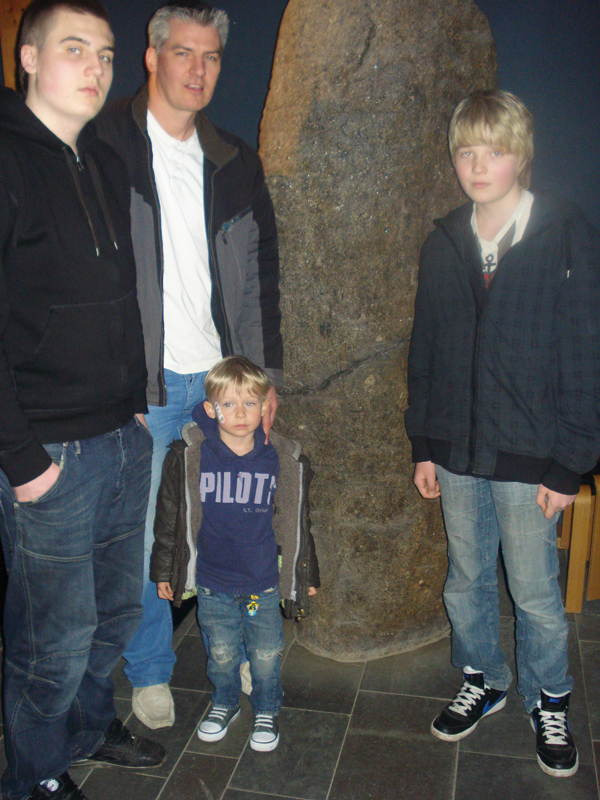Franz Albrecht Knoop was #11 in the Knoop Stammtafel.
../mk
Franz Albrecht Knoop, geb. 4.9.1737 in Sassendorf, wird bei der Geburt seiner Kinder 1770, 1773 und 1776 als Hufner bezeichnet. Warscheinlich handelt es sich um den väterlichen Hof, nämlich die Hofstelle Nr. 5 in Sassendorf. Um 1780 muss er Sassendorf mit seiner Familie verlassen haben, den nach 1777 kommt der Name Knoop in der Kirchenbüchern zu Hittbergen, dem Kirchdorf von Sassendorf, nicht meh vor. Die drei Kinder sind auch nicht im Konfirmandeverzeichnis der Kirche zu Hittbergen [K 23]. Weiter wurde gefunden, dass das Königl. und Kurfürstliche Amt zu Lauenburg am 10.8.1780 einer Hamburger Zeitung, nämlich der “Staats- und Gelehrten-Zeitung des Hamburgischen unparteiischen Correspondenten” einen Aufruf veröffentlicht, in dem alle diejenigen, die an Franz Albrecht und dessen verstorbenen Vater begründete Forderungen zu haben glauben, aufgefordert werden, ihre Ansprüche bis zum 5.9. in der Amtsstube anzumelden. Er schient demnach mit seiner Familie in Hamburg Wohnsitz genommen zu haben. Die Gründe dafür sind unbekannt.
Über senen Tod ist nichts bekannt.
Er heiratet am 8.11.1768 in Hittbergen Maria Magdalena Heidmann, die Tochter des Mühlemeisters Heinrich Heidmann in Hittbergen. Über ihre Geburt und ihren Tod wurde noch nichts gefunden. Aus dieser Ehe liessen sich folgende Kinder nachweisen, alle in Sassendorf geboren:
a) Johann Christian Georg, geb. 23.5.1770.
Er lebt später in Hamburg. Siehe unter 17.
b) Kathrarine Marie, geb. 18.6.1773.
c) Margarete Sophie Elisabeth, geb. 28.10.1776
